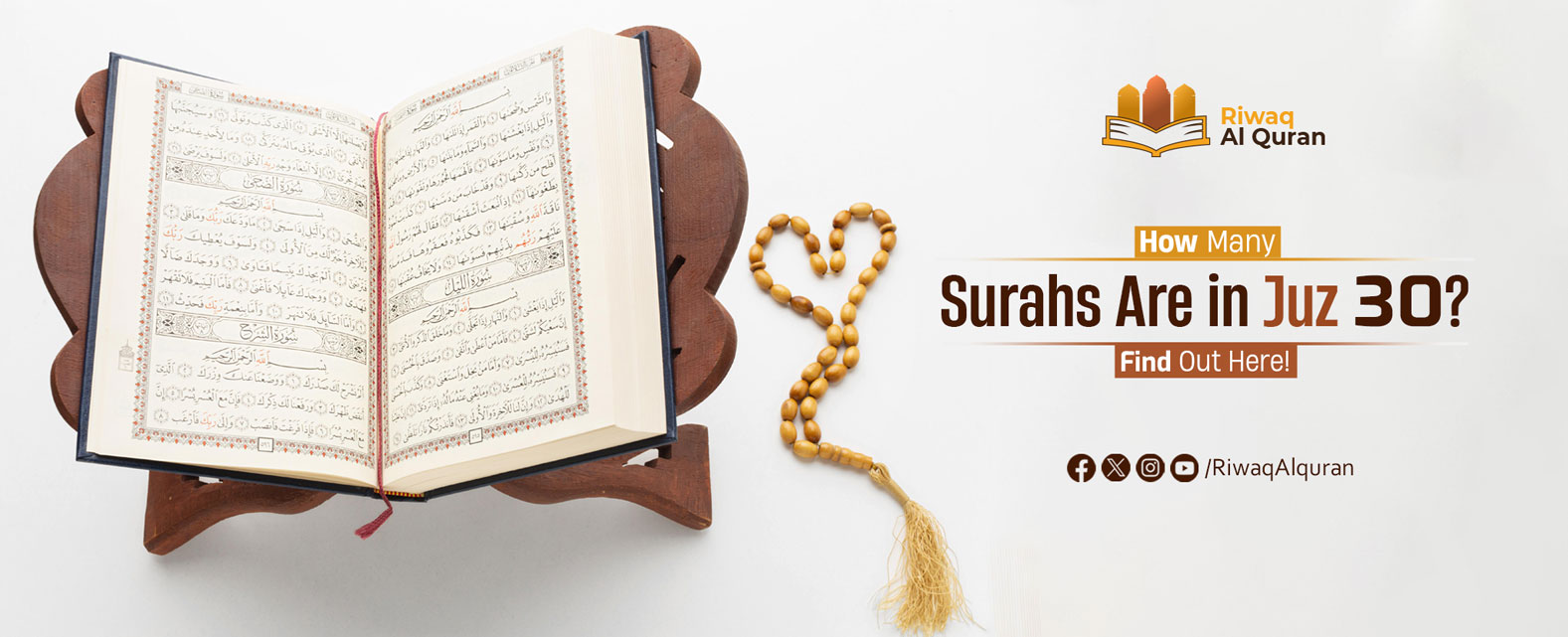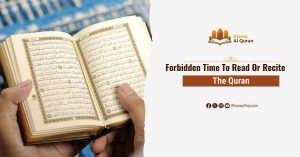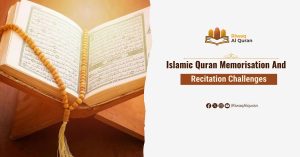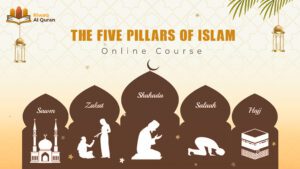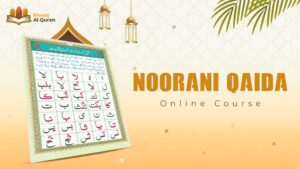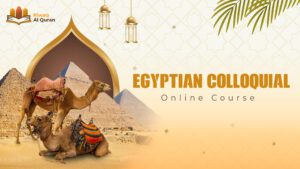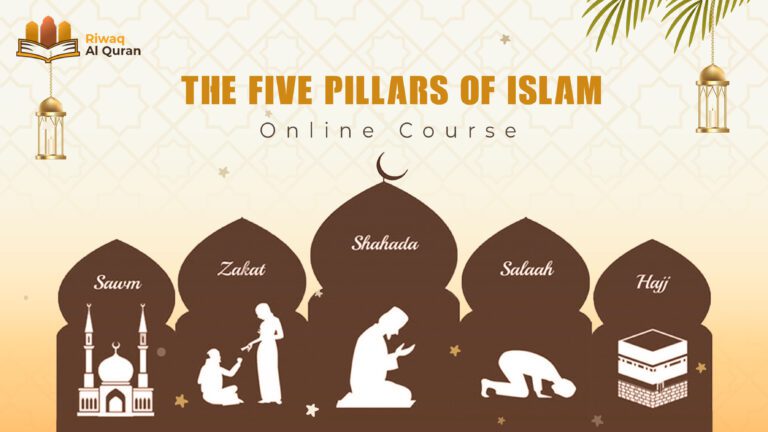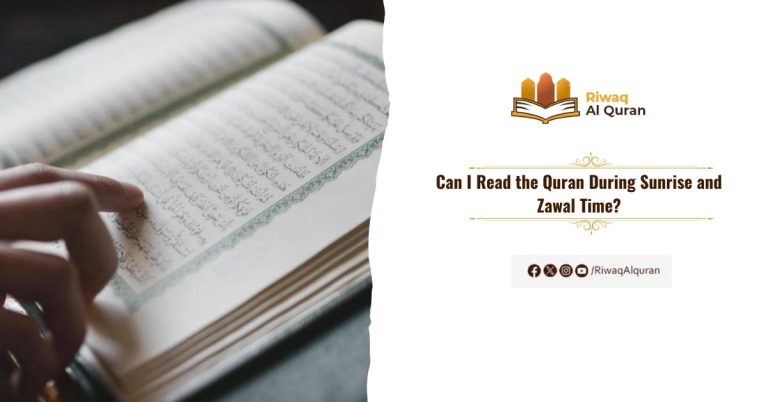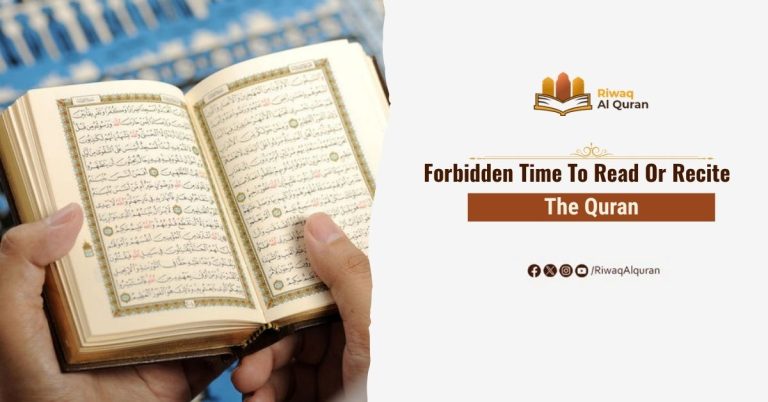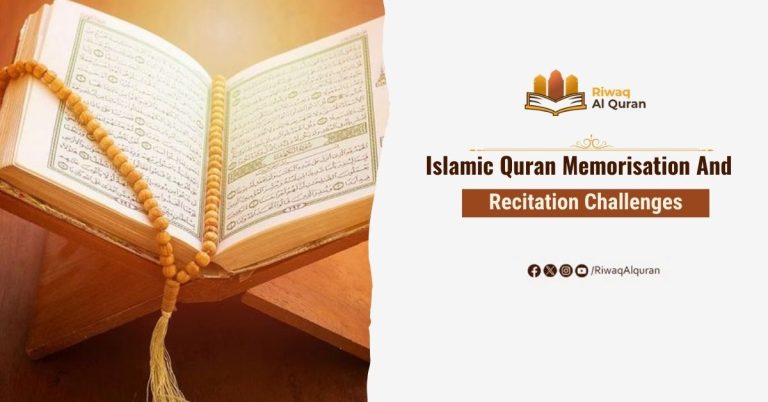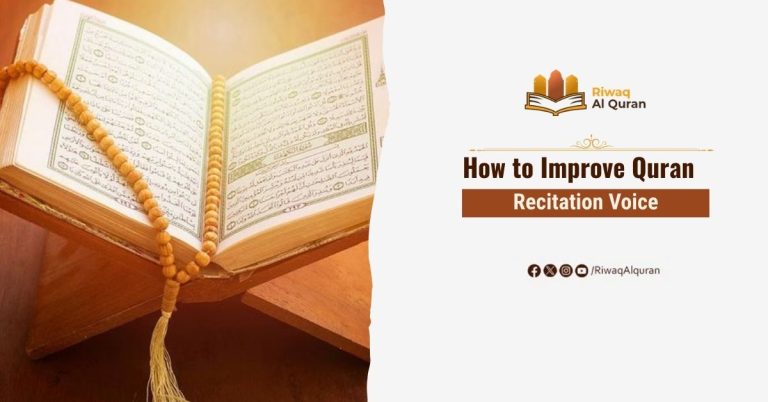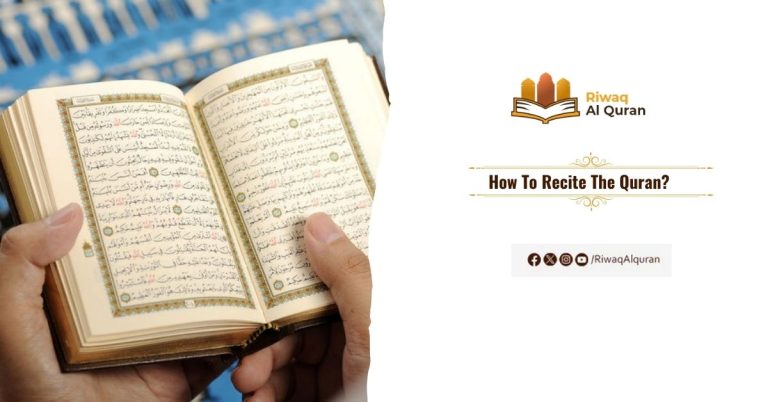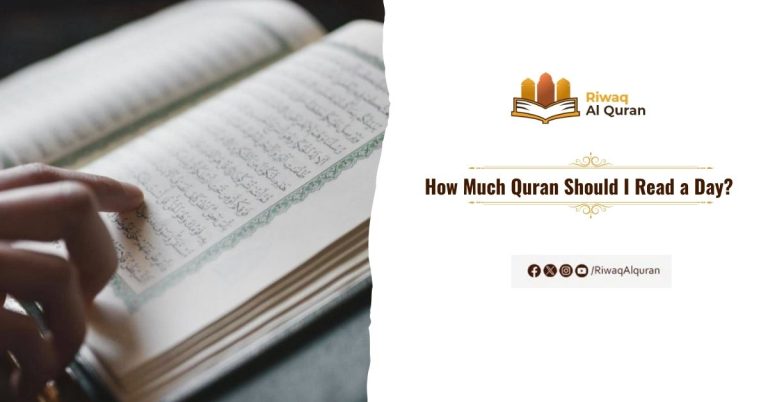Juz 30 encapsulates the essence of the Quran through its 37 powerful surahs. Each surah offers unique insights and lessons, guiding believers in their faith and emphasizing the importance of righteous deeds. With vivid descriptions of the Day of Judgment and calls for justice, this Juz serves as a vital resource for spiritual growth, making it essential for daily recitation and reflection on Allah’s infinite wisdom and mercy. Let’s learn more about them in detail!
Table of Contents
What Is Juz 30?
Juz 30, also known as Juz’ Amma, is the final section of the Quran, comprising the last 37 surahs. These surahs are notable for their brevity and the powerful messages they convey. They often emphasize the themes of the afterlife, resurrection, the Day of Judgment, and the fate of the righteous versus the wicked.
The surahs in this juz are frequently recited during prayers and are integral to various religious practices. They include Surah Al-Ikhlas (The Purity), which is considered one-third of the Quran in terms of its meaning, and Surah Al-Falaq and Surah An-Nas, which are often recited for protection. Other notable surahs include Surah Al-Fil, recounting the story of the Elephant, and Surah Al-Quraish, which highlights the blessings bestowed upon the tribe of Quraish.
How Many Surahs in Juz 30?
Juz 30 contains 37 surahs in the Quran. These surahs are mostly short and are often recited in daily prayers due to their brevity and profound meanings. The Juz starts from An-Naba and ends with An-Nas, covering a variety of themes that provide spiritual guidance and reflection for Muslims. These surahs are:
- Surah An-Naba (78)
- Surah An-Nazi’at (79)
- Surah Abasa (80)
- Surah At-Takwir (81)
- Surah Al-Infitar (82)
- Surah Al-Mutaffifin (83)
- Surah Al-Inshiqaq (84)
- Surah Al-Buruj (85)
- Surah At-Tariq (86)
- Surah Al-A’la (87)
- Surah Al-Ghashiyah (88)
- Surah Al-Fajr (89)
- Surah Al-Balad (90)
- Surah Ash-Shams (91)
- Surah Al-Layl (92)
- Surah Ad-Duha (93)
- Surah Ash-Sharh (94)
- Surah At-Tin (95)
- Surah Al-Alaq (96)
- Surah Al-Qadr (97)
- Surah Al-Bayyinah (98)
- Surah Az-Zalzalah (99)
- Surah Al-Adiyat (100)
- Surah Al-Qari’ah (101)
- Surah At-Takathur (102)
- Surah Al-Asr (103)
- Surah Al-Humazah (104)
- Surah Al-Fil (105)
- Surah Quraysh (106)
- Surah Al-Ma’un (107)
- Surah Al-Kawthar (108)
- Surah Al-Kafirun (109)
- Surah An-Nasr (110)
- Surah Al-Masad (111)
- Surah Al-Ikhlas (112)
- Surah Al-Falaq (113)
- Surah An-Nas (114)

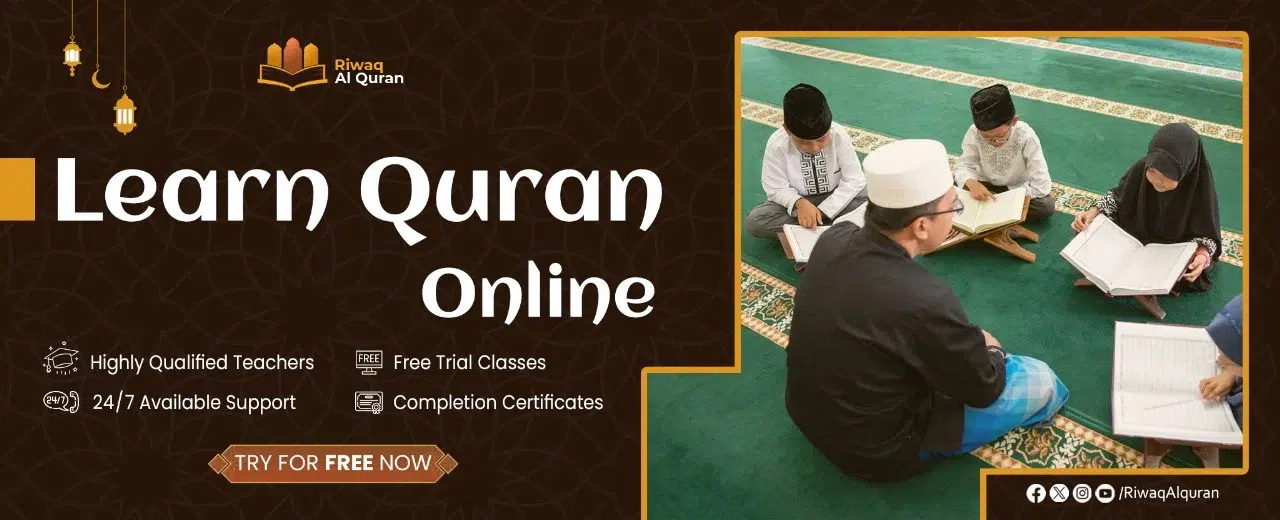
Surah An-Naba (78)
Surah An-Naba discusses the Day of Judgment, its consequences, and the resurrection of the dead. It emphasizes the power and wisdom of Allah in creating the universe and highlights the stark contrast between the fates of the righteous and the wicked.


Surah An-Nazi’at (79)
Surah An-Nazi’at speaks about the angels who take the souls of the deceased. It describes scenes from the Day of Resurrection and recounts the story of Pharaoh’s arrogance and punishment, urging reflection on the consequences of disbelief.


Experience Riwaq Al Quran Classes
Watch real moments from our live sessions at Riwaq Al Quran and see how we bring learning to life. These clips highlight our interactive, student-focused approach—designed to keep learners engaged, motivated, and actively involved in every step of their educational journey.
Surah Abasa (80)
Surah Abasa narrates an incident where the Prophet Muhammad (PBUH) frowned and turned away from a blind man wo kept asking him too many questions while he was busy trying to make people believe in Allah and have Iman. It emphasizes the importance of treating all seekers of knowledge with respect and highlights the Quran’s guidance for those who wish to be purified.

Surah At-Takwir (81)
Surah At-Takwir vividly describes the events of the Day of Judgment, including the sun’s folding, stars falling, and mountains moving. It underscores the inevitability of the end times and the significance of the Quran as divine guidance.

Surah Al-Infitar (82)
Surah Al-Infitar describes the cataclysmic events that will occur at the end of the world. It emphasizes the recording of human deeds by angels and warns of the consequences for the righteous and the wicked in the afterlife.

Surah Al-Mutaffifin (83)
Surah Al-Mutaffifin condemns those who give less than due when measuring or weighing. It highlights the consequences of dishonesty and deceit, contrasting the fate of the righteous with that of the sinful in the hereafter.


Surah Al-Inshiqaq (84)
Surah Al-Inshiqaq portrays the splitting of the sky and the earth on the Day of Judgment. It describes the two groups of people—those who receive their records in their right hands and those in their left, symbolizing their eternal fate.

Surah Al-Buruj (85)
Surah Al-Buruj recounts the story of the persecution of believers in ancient times. It emphasizes the ultimate victory of faith over tyranny and assures that Allah’s retribution will befall the oppressors.

Surah At-Tariq (86)
Surah At-Tariq highlights the wonders of creation, particularly the stars. It emphasizes Allah’s knowledge of every soul’s actions and the inevitability of the Day of Judgment, urging reflection on one’s deeds and faith.

Surah Al-A’la (87)
Surah Al-A’la glorifies Allah’s perfection in creation and revelation. It reminds believers of the importance of purification, prayer, and remembering Allah. The surah contrasts the hereafter’s rewards with the temporary nature of worldly life.

Surah Al-Ghashiyah (88)
Surah Al-Ghashiyah describes scenes from the Day of Judgment, portraying the contrasting destinies of the righteous and the wicked. It calls for reflection on the signs of Allah in creation and the importance of faith and righteous deeds.

Surah Al-Fajr (89)
Surah Al-Fajr emphasizes the consequences of disobedience through historical examples of destroyed nations. It highlights the test of wealth and power and urges believers to be mindful of their ultimate return to Allah for judgment.


Surah Al-Balad (90)
Surah Al-Balad speaks about the hardships of life and the moral choices individuals must make. It emphasizes the importance of righteousness, helping the needy, and striving in the path of Allah to attain success in the hereafter.

Surah Ash-Shams (91)
Surah Ash-Shams emphasizes the contrast between the soul’s purity and corruption. It highlights the fate of the people of Thamud, who rejected their prophet’s warnings, underscoring the consequences of disobedience and the reward for those who purify their souls.

Surah Al-Layl (92)
Surah Al-Layl contrasts the paths of the righteous and the wicked. It emphasizes the importance of charity, piety, and sincerity in faith, assuring that Allah guides those who strive for goodness and warns of the consequences of selfishness.

Surah Ad-Duha (93)
Surah Ad-Duha consoles the Prophet Muhammad (PBUH) during a period of distress. It reassures him of Allah’s continued support and blessings, urging gratitude and care for orphans and the needy, while highlighting the promise of future joy.

Surah Ash-Sharh (94)
Surah Ash-Sharh provides comfort to the Prophet Muhammad (PBUH) by reminding him of Allah’s favor and relief after hardship. It encourages patience and perseverance, assuring that ease follows difficulty and urging continuous devotion to Allah.

Surah At-Tin (95)
Surah At-Tin highlights the nobility of human creation and the importance of faith and righteous deeds. It contrasts the fate of the faithful and the disbelievers, emphasizing the divine judgment and the necessity of upholding moral integrity.

Inside Riwaq Al Quran: Live Class Highlights
Take a closer look at authentic excerpts from our live classes. At Riwaq Al Quran, our instructors create a dynamic and supportive learning environment where students stay engaged, build confidence, and thrive in their studies.
Surah Al-Alaq (96)
Surah Al-Alaq, the first revelation to the Prophet Muhammad (PBUH), emphasizes the importance of knowledge and learning. It speaks about the creation of humans from a clot and warns against arrogance and heedlessness of divine guidance.

Surah Al-Qadr (97)
Surah Al-Qadr highlights the significance of the Night of Decree (Laylat al-Qadr), during which the Quran was revealed. It emphasizes the blessings and mercy associated with this night, which is better than a thousand months, urging worship and supplication.

Surah Al-Bayyinah (98)
Surah Al-Bayyinah emphasizes the clear evidence brought by the Prophet Muhammad (PBUH) through the Quran. It contrasts the believers and the disbelievers, highlighting the eternal rewards for those who have faith and do righteous deeds.

Surah Az-Zalzalah (99)
Surah Az-Zalzalah describes the final earthquake on the Day of Judgment, causing the earth to reveal its burdens. It emphasizes that everyone will be shown their deeds, however small, and will be justly rewarded or punished accordingly.

Surah Al-Adiyat (100)
Surah Al-Adiyat depicts the charging horses of warriors, emphasizing human ingratitude and love for wealth. It serves as a reminder of the Day of Resurrection, when all secrets will be exposed, and urges mindfulness of one’s deeds.

Surah Al-Qari’ah (101)
Surah Al-Qari’ah describes the Day of Judgment, portraying it as a catastrophic event. It emphasizes the weighing of deeds, where heavy scales signify salvation and light scales denote ruin, urging preparation for this inevitable day.

Surah At-Takathur (102)
Surah At-Takathur warns against the distraction of worldly competition and amassing wealth. It emphasizes the reality of the grave and the Hereafter, urging reflection on the ultimate purpose of life and the importance of righteous deeds.

Surah Al-Asr (103)
Surah Al-Asr underscores the importance of time and the human tendency towards loss. It emphasizes the salvation found in faith, righteous deeds, enjoining truth, and patience, providing a concise yet profound summary of a successful life.

Surah Al-Humazah (104)
Surah Al-Humazah condemns those who slander and backbite, amassing wealth without regard for others. It warns of the consequences in the afterlife, portraying the torment of the crushing fire prepared for such individuals.

Surah Al-Fil (105)
Surah Al-Fil recounts the event of the Elephant Army’s destruction, led by Abraha, who attempted to attack the Kaaba. It highlights Allah’s protection of the sacred house and serves as a reminder of His power and intervention.

Surah Quraysh (106)
Surah Quraysh emphasizes the blessings bestowed upon the tribe of Quraysh, including their safety and prosperity. It calls them to worship the Lord of the Kaaba, who provided them with sustenance and security, urging gratitude and devotion.

Surah Al-Ma’un (107)
Surah Al-Ma’un criticizes those who deny the Day of Judgment, neglect the orphans, and refuse to help the needy. It emphasizes the importance of sincere prayer and charity, highlighting the hypocrisy of those who only perform outward acts of piety.

Surah Al-Kawthar (108)
Surah Al-Kawthar assures the Prophet Muhammad (PBUH) of the abundant blessings bestowed upon him, including a river in paradise. It encourages him to pray and offer sacrifices, while condemning his detractors who will be cut off from all good.

Surah Al-Kafirun (109)
Surah Al-Kafirun declares the separation between the faith of the Prophet Muhammad (PBUH) and the disbelievers. It emphasizes the principle of religious freedom, urging mutual respect and the acknowledgment that each group has its own beliefs.

Surah An-Nasr (110)
Surah An-Nasr announces the imminent victory of Islam and the mass conversions to the faith. It instructs the Prophet Muhammad (PBUH) to glorify and seek forgiveness from Allah, emphasizing the importance of humility and gratitude at the moment of triumph.

Surah Al-Masad (111)
Surah Al-Masad condemns Abu Lahab, an ardent opponent of the Prophet Muhammad (PBUH), and his wife. It foretells their punishment in the afterlife, emphasizing the consequences of hostility towards the message of Islam.

Surah Al-Ikhlas (112)
Surah Al-Ikhlas affirms the oneness and uniqueness of Allah, negating any form of polytheism or comparison. It is a concise declaration of monotheistic faith, emphasizing that Allah is eternal, self-sufficient, and incomparable.

Surah Al-Falaq (113)
Surah Al-Falaq seeks protection from the evil of created things, darkness, witchcraft, and envy. It emphasizes the importance of seeking refuge in Allah from all forms of harm and malevolent forces.

Surah An-Nas (114)
Surah An-Nas seeks protection from the evil of whispering temptations and harmful suggestions of both humans and jinn. It highlights Allah as the Lord, Sovereign, and God of mankind, emphasizing the need for divine refuge against all evil influences.



Why Students Love Learning with Riwaq Al Quran
Hear directly from our students about how Riwaq Al Quran Academy has transformed their connection with the Book of Allah. Their experiences reflect the dedication, care, and quality that guide every step of our teaching.
Master Quranic Recitation with Riwaq Al Quran!
Elevate your spiritual journey with our expert-led Quran recitation course at Riwaq Al Quran. Join us today to perfect your recitation and deepen your connection with the Quran. Enroll now and start your path to mastering the beautiful art of Quranic recitation!
We offer several courses such as:
- Online courses for kids.
- Online Quran classes for kids and adults.
- Online Arabic courses
- Online Ijazah courses
- Online Islamic Studies courses.
Here are a sample of our set of Quran Courses that will be helpful for you:
- Online Tafseer Course: Delve into Quranic meanings with our insightful online Tafseer course.
- Noorani Qaida Online: Learn Quranic basics efficiently through our Noorani Qaida online program.
- Online Quran Recitation Course: Enhance Quranic recitation skills through our expert-led online course.
- Online Tajweed Classes: Master Tajweed rules for beautiful Quranic recitation in online classes.
- Quran Memorization Online Course: Memorize the Quran effectively with our specialized online memorization course.
- Online Qirat Course: Explore diverse Qirat styles with our comprehensive online Qirat course.
- Online Quran Classes for Kids: Nurture a love for the Quran in kids through interactive online classes.
Conclusion
Juz 30, with its 37 surahs, provides a comprehensive reflection of the core messages of the Quran. Each surah, with its unique themes and lessons, guides believers towards a deeper understanding of faith, the importance of righteous deeds, and the inevitability of the Day of Judgment. Reciting and reflecting upon these surahs can significantly enhance one’s spiritual growth and connection with Allah.
By focusing on the meanings and teachings within these short yet profound surahs, Muslims can gain insights into the divine wisdom and mercy encapsulated in the Quran. Whether it’s the vivid descriptions of the Day of Judgment, the call for social justice, or the reminders of Allah’s infinite power, Juz ‘Amma serves as a vital spiritual resource for daily recitation and contemplation.

